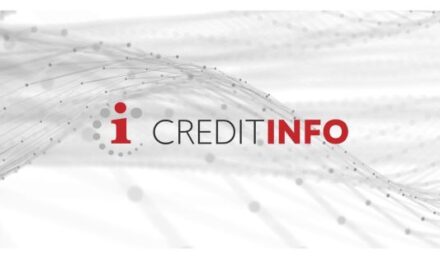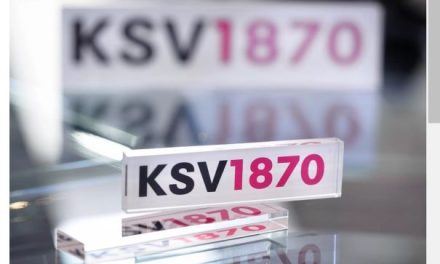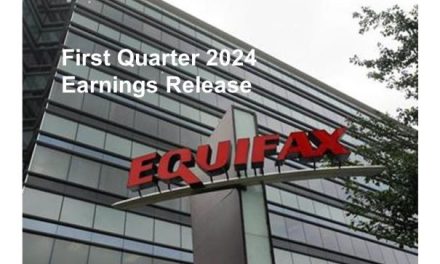Hong Kong Consumers Turn to Unsecured Loans to Cope with the Increase in Inflationary Pressures
- Consumer demand and supply for unsecured loan and line products driving growth in credit activity
- Increased cost of living leading to unusually cautious spending behaviour and shifts in product preferences
- Fifth wave of COVID-19 along with inflationary pressures and anticipated interest rate hikes affecting overall consumer sentiment
Continued changes in Hong Kong consumers’ wallet profiles are being driven by macroeconomic pressures, including increasing inflation1 and four interest rate hikes since the start of the year2, according to TransUnion’s (NYSE: TRU) Q2 Industry Insights Report. The global information and insights company’s findings highlight a marked increase in the number of new unsecured personal loans and unsecured revolving credit lines, along with cautious spending on credit cards.
Unsecured personal loan originations increased by 6.7% year-over-year (YoY) in Q1 2022 (the latest period for originations due to reporting lag). Originations are a measure of new accounts opened and are a reflection of both consumer demand and lender appetite to advance credit. The total number of open unsecured personal loans increased by 5.2% YoY in Q2 2022, and over the same period the average balance for new personal loans also increased by 2.7%.
Originations of unsecured revolving lines increased by 81.3% YoY in Q1 2022 – this was in comparison to a relatively weaker quarter the year before for this category, and likely stimulated by the more favourable interest rates offered on this product type. The total number of revolving line accounts increased by 8.7% YoY in Q2 2022, although the average balance in this category fell by 9.1% YoY in the same period. This was primarily driven by increases in lending to consumers with prime and above credit scores3, with the share of originations to non-prime borrowers remaining steady. Low risk consumers tend to carry lower balances on revolving products, which may explain some of the decrease in overall average balances despite the increase in originations. At the same time, lenders are granting smaller credit limit amounts on new unsecured revolving line accounts to prime and above consumers—approximately half the average new credit limit compared to new limits assigned 12 months ago.
Countering the growth in new account openings for unsecured credit loan and line products, the number of credit card accounts in the Hong Kong market fell by 3.4% YoY. This was primarily caused by a 38.2% YoY decline in origination volumes in Q1 2022. Additionally, the average new credit card account credit line fell by 8.0% YoY in Q2 2022. Outstanding balances remained broadly static for credit cards as consumers took a cautious approach to spending. Consumers continued to perform well on their card payment obligations, with balance-level delinquencies for credit cards falling by two basis points (bps) YoY in Q2 2022.
 3 TransUnion CreditVision® risk score: super prime = AA; prime plus = BB; prime = CC; near prime = DD to HH; subprime = II to JJ. Prime and above = AA to CC; below prime DD to JJ
3 TransUnion CreditVision® risk score: super prime = AA; prime plus = BB; prime = CC; near prime = DD to HH; subprime = II to JJ. Prime and above = AA to CC; below prime DD to JJ
Source: TransUnion HK news


























